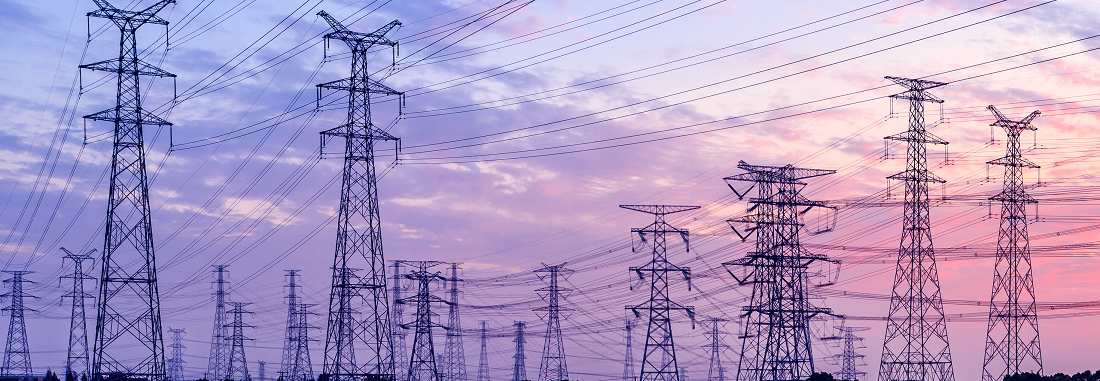An energy system powered by clean energy technologies differs profoundly from one fueled by traditional hydrocarbon resources such as coal, natural gas, diesel fuel and gasoline. Solar photovoltaic (PV) plants, wind farms and electric vehicles (EVs) generally require more minerals to build than their fossil fuel-based counterparts. A typical electric car requires six times the mineral inputs of a conventional car and an onshore wind plant requires nine times more mineral resources than a gas-fired plant. Since 2010 the average amount of minerals needed for a new unit of power generation capacity has increased by 50% as the share of renewables used in generating power has risen.1
Issue
The Nation runs on energy. The economic growth, prosperity and national security of the United States hinges on access to adequate, environmentally sound and sustainable energy sources. Vital to the achievement of this goal is access to mineral commodities that are essential to the manufacture of both traditional and renewable energy technologies. This will require increasing the capacity of U.S. mineral producers to meet this demand while reducing our nation’s dependence on imports of these minerals from nations whose interests may be adverse to the United States.
Background
Renewable energy use will double by 2050 - In its Annual Energy Outlook 2021 (AEO2021), the U.S. Energy Information Administration (EIA) projects that the share of renewables in the U.S. electricity generation mix will increase from 21% in 2020 to 42% in 2050, as also noted in the chart below.2
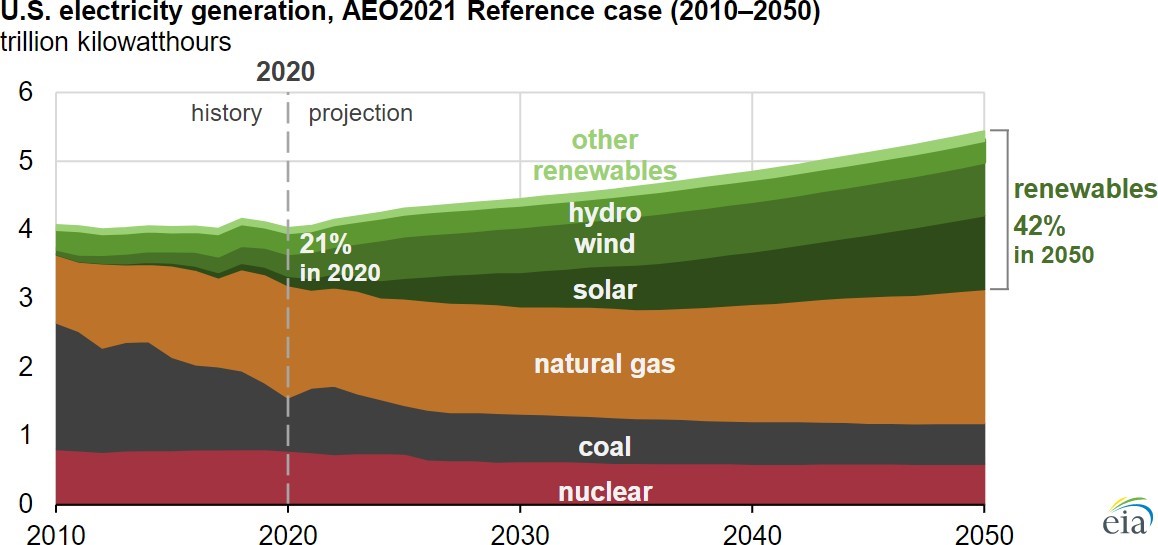
Wind and solar generation are responsible for most of that growth. By 2030, renewables will collectively surpass natural gas to be the predominant source of generation in the United States. Solar electric generation will surpass wind energy by 2040 as the largest source of renewable generation in the United States.
Wind and Solar Require Minerals - The World Bank predicts global wind capacity to triple (3X increase) and solar capacity to quintuple (5X increase) by 2050.3 All of this will require a substantial increase in the use of minerals.
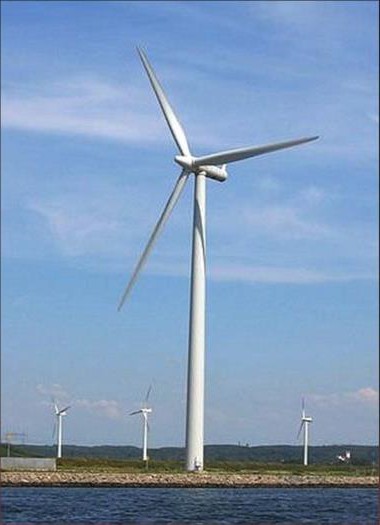
A single 3 Megawatt (MW) wind turbine requires 335 tons of steel, 4.7 tons of copper, 3 tons of aluminum, 2 tons of rare earths and 1,200 tons of concrete (from limestone)!4 Rare earth elements, on which the U. S. is highly import dependent, enable the use of lighter, smaller generators in wind turbines.5
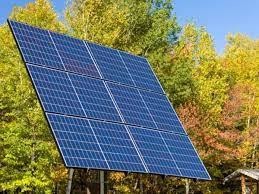
A single solar panel requires 70% glass, 10% polymer, 7% aluminum, 4% silicon, and 1% copper.6 And gold and silver are essential to increasing photovoltaic efficiency in solar panels, just to name two minerals.
Clean Energy Technologies for Electric Vehicles will require a substantial increase in the use of minerals from domestic mining operations in the U.S. - The National Mining Association reports that electric vehicles will increase copper demand from 185 thousand tons in 2017 to 1.74 million tons by 2027.7 This is in addition to the copper used in renewable power generating stations, which currently use 8 to 12 times more copper than traditional power generators. From charging stations to the coils that drive the engines, copper is an important part of the cycle of EV manufacture and use.
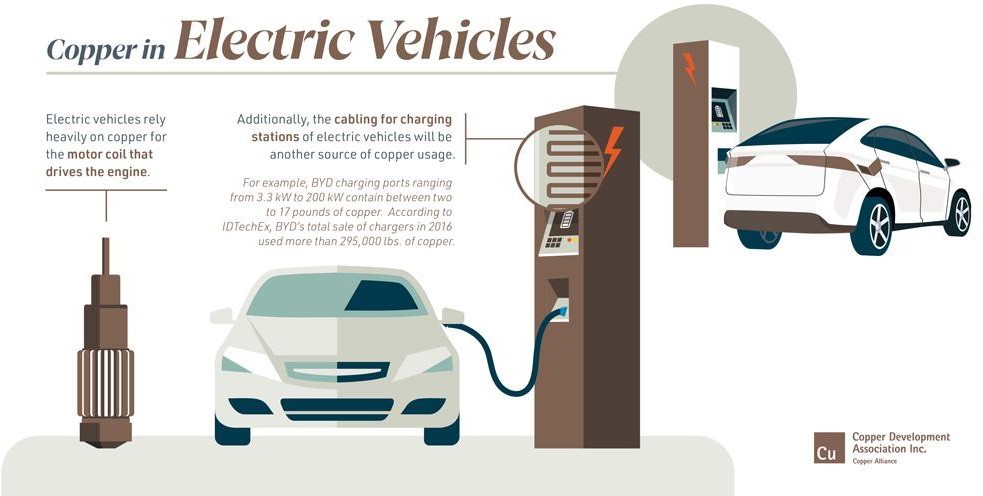
Gold is also used in the manufacture of circuit boards in every electric vehicle.
Battery Metals – The Energy Sector’s demand for minerals could grow by 6X by 2040, according to the National Mining Association. Demand for nickel, cobalt and lithium, all used in electric batteries, will grow by 70 to 90%.8 EVs and battery storage account for about half of the mineral demand growth from clean energy technologies over the next two decades, spurred by surging demand for battery materials.
U.S. Reliance on Imported Minerals, especially rare earth and critical minerals, threatens the transition to clean energy – Notwithstanding the expected parabolic growth in clean energy use and technologies, the U.S. is heavily import reliant on the minerals needed to sustain a clean energy future, which are mined in nations like China for rare earth minerals and the Congo for cobalt. Moreover, the U.S. will be required to compete with other countries undergoing similar clean energy transitions. Several of the minerals used in renewables and EVs have been designated as critical minerals essential to our nation’s national security. In May 2018, the Department of the Interior published a list of 35 critical minerals (See, “Final List of Critical Minerals 2018” 83 Fed. Reg. 23295; 2018 https://www.federalregister.gov/documents/2018/05/18/2018-10667/final-list-of-critical-minerals-2018). The U.S. is import reliant (imports are greater than 50% of annual consumption) on 31 of those 35 minerals and relies 100% on imports of 14 of those minerals. Other SME Technical Briefing Papers address this issue in more detail.9
SME Statement of Technical Position
- The successful deployment of clean energy technologies will require the U.S. to increase and expand its domestic production of metals, rare earth and critical minerals.
- To achieve that goal, the U.S. must do more to end our nation’s growing dependence on foreign sources of such minerals.
- Ending our nation’s import reliance will require measures to streamlining the current process for the issuance of new permits. Currently, it takes more than 10 years for a mine to receive all of the necessary authorizations to begin extraction and production.
- SME supports a streamlined U.S. permitting process for all minerals and the study of options to remove impediments to the timely issuance of such permits. The elimination of duplicative federal agency oversight, i.e. “one stop shopping” would speed the responsible development of these resources.
1 The Role of Critical Minerals in Clean Energy Transitions, IEA, Paris https://www.iea.org/reports/the-role-of- critical-minerals-in-clean-energy-transitions
2 https://www.eia.gov/todayinenergy/detail.php?id=46676#
3 https://www.worldbank.org/en/news/press-release/2020/05/11/mineral-production-to-soar-as-demand-for- clean-energy-increases
4 https://mineralsmakelife.org/wp-content/uploads/2021/06/NMA-Mining-and-Advanced-Energy-Final.pdf
5 https://www.usgs.gov/media/images/critical-mineral-commodities-renewable-energy
6 https://mineralseducationcoalition.org/wp-content/uploads/mec_fact_sheet_wind_turbines_0.pdf
7 https://mineralsmakelife.org/resources/copper-gold-silver-keys-to-an-advanced-tech-future/
8 https://mineralsmakelife.org/resources/our-energy-future-depends-on-mining/
9 See, Critical and Strategic Minerals Importance to U.S. Economy, https://www.smenet.org/What-We- Do/Technical-Briefings/Critical-and-Strategic-Minerals-Importance-to-the; Rare Earth Elements https://www.smenet.org/What-We-Do/Technical-Briefings/Rare-Earth-Elements

